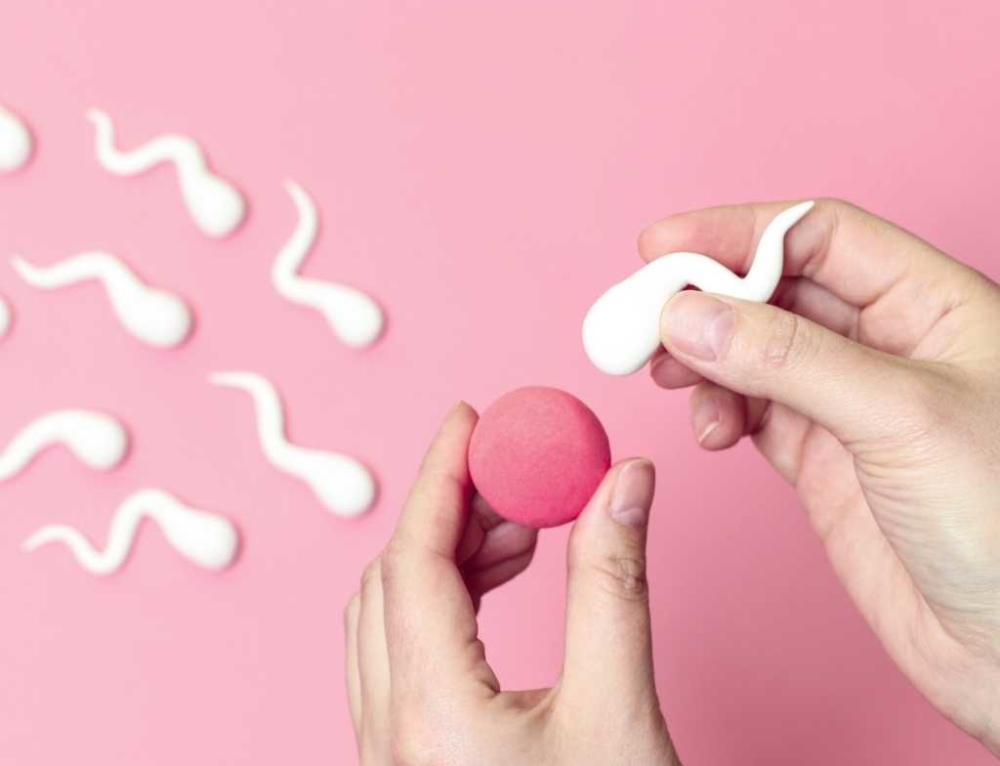Drug-free births aren’t for everyone. It doesn’t make you less of a good mother by choosing a drug option during labour to help minimise the pain of childbirth.
There are three main medical pain-relieving options:
- Epidural anaesthesia
- Pethidine
- Nitrous oxide
Epidural anaesthesia
Anaesthetic is injected into the lining of the spinal cord through the back, leaving the mother numb from the waist down. This option provides true pain relief during labour for vaginal delivery or allows the mother to stay awake and alert during the baby’s birth by caesarean section.
Possible side effects and complications include:
- If the anaesthesia is not complete the woman may still experience some pain. This may require the procedure to be repeated.
- Immediately after the epidural has been inserted, some women experience a drop in blood pressure that can cause nausea and dizziness.
- Because of muscle weakness in the legs, women with an epidural anaesthetic may be confined to bed until the drug wears off.
- In most cases, due to the lack of sensation in the lower body, a urinary catheter must be inserted.
- Having an epidural can make labour longer.
- Having an epidural can reduce the likelihood of having a normal vaginal delivery.
- Because the epidural affects muscle strength, it can hinder your ability to push effectively during labour. Having an epidural increases the likelihood of having a baby delivered by forceps or vacuum.
- Around one per cent of women experience headache immediately following the procedure.
- Some women experience pain at the injection site.
- Around one in 550 women experience ongoing patches of numbness near the injection site.
Remember: even if you planned for a drug-free birth and find yourself struggling to cope with the pain of contractions, it’s okay to change your mind. Speak to your doctor or midwife as soon as possible, in order to work out the best pain relief options. The important thing is that you deliver a healthy baby. Ensuring that you don’t let anxiety and stress take over is important.
Nitrous oxide
Nitrous oxide is commonly known as laughing gas and is mixed with oxygen and administered to the mother through a facemask or a tube held in the mouth. For a result that claims to take mere seconds, it is important to breathe from the mask as soon as the contraction starts.
This won’t stop the pain completely bit it can work towards taking the edge off.. The gas takes a few seconds to work, so it is important to breathe from the mask as soon as a contraction commences. Nitrous oxide doesn’t stop the pain entirely but many women prefer it because of the direct control they still have even while feeling its effects.
Nitrous oxide doesn’t interfere with contractions and doesn’t linger in either the woman’s or baby’s body.
For around one-third of women, nitrous oxide offers no pain relief at all.
Possible problems include:
- Nausea and vomiting
- Confusion and disorientation
- Claustrophobic sensations from the facemask
Pethidine
Pethidine is a strong painkiller (related to morphine and heroin) and is usually given by intramuscular injection into the buttock. It may also be administered intravenously (directly into a vein). While it pays to remember that the effects of any drug will vary from person to person, generally, the effect of pethidine lasts around two – four hours. Because pethidine can make you feel sick, anti-nausea medications are usually administered at the same time.
Possible problems with pethidine for the mother include:
- Dizziness and nausea
- Disorientation and altered perception
- Respiratory depression (reduced breathing)
- No pain relief, in some cases.
Possible problems with pethidine for the baby include:
- Because the unborn baby is exposed to the drug via the umbilical cord, it may experience respiratory depression at birth, particularly if several doses are given or the baby delivers soon after a pethidine injection. This effect can be reversed by an injection given to the baby.
- Pethidine may also depress the baby’s sucking reflex but this should return to normal as the effects of the drug fade.






Leave A Comment
You must be logged in to post a comment.